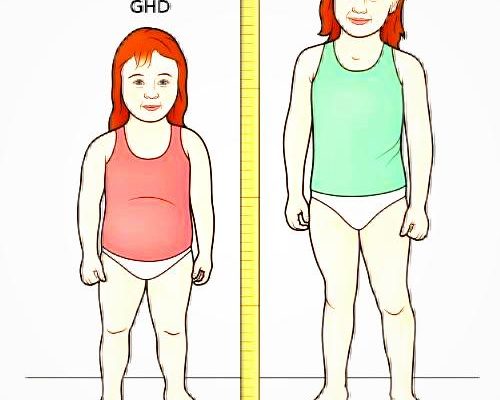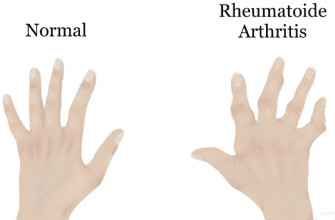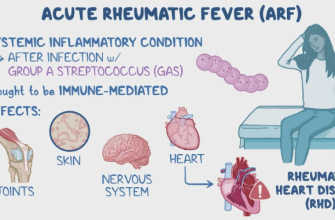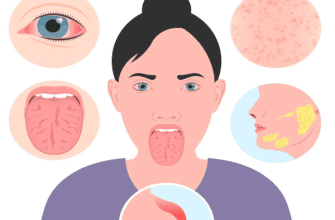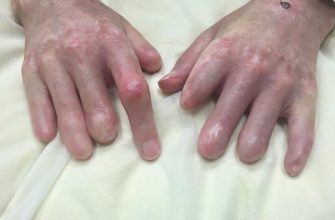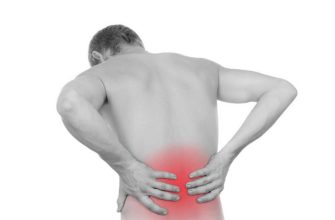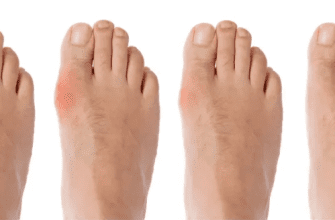Nanism, commonly referred to as dwarfism, is a medical condition characterized by short stature, typically resulting from genetic or medical conditions that impair bone and cartilage growth. Adult height is usually under 4 feet 10 inches (147 cm).
Etiology (Causes & Types)
1. Genetic Causes (Most Common)
- Achondroplasia (most frequent form, caused by FGFR3 gene mutation → abnormal cartilage development).
- Spondyloepiphyseal dysplasia (SED) (affects spine & long bones).
- Diastrophic dysplasia (causes joint deformities & short limbs).
2. Hormonal & Metabolic Causes
- Growth hormone deficiency (GHD) (pituitary gland dysfunction).
- Hypothyroidism (untreated congenital thyroid deficiency → cretinism).
3. Other Causes
- Malnutrition (severe childhood malnutrition → stunted growth).
- Chronic diseases (kidney disease, malabsorption syndromes).
Symptoms
Symptoms vary by type but commonly include:
- Disproportionate short stature (short limbs, normal-sized trunk in achondroplasia).
- Delayed motor development (walking, sitting).
- Joint pain & stiffness (due to skeletal abnormalities).
- Spinal deformities (kyphosis, scoliosis).
- Large head with prominent forehead (in achondroplasia).
- Facial abnormalities (flattened nose, crowded teeth).
Diagnosis
1. Prenatal Testing
- Ultrasound (may detect shortened limbs in late pregnancy).
- Genetic testing (if family history exists).
2. Postnatal Diagnosis
- Physical exam (proportionate vs. disproportionate short stature).
- X-rays (abnormal bone growth patterns).
- Genetic testing (confirms mutations like FGFR3).
- Hormonal tests (growth hormone, thyroid levels).
Treatment
1. Medical Therapies
- Growth hormone injections (effective for GHD, not for achondroplasia).
- Thyroid hormone replacement (if hypothyroidism is the cause).
2. Surgical Interventions
- Limb-lengthening surgery (controversial, involves gradual bone stretching).
- Spinal decompression (for nerve compression).
3. Supportive Care
- Physical therapy (improves mobility & strength).
- Orthopedic devices (braces, shoe lifts).
- Pain management (for arthritis/joint issues).
Prevention
Most forms of dwarfism cannot be prevented (genetic), but some measures help:
- Genetic counseling (for families with a history).
- Adequate prenatal care (monitoring fetal growth).
- Early hormone treatment (if deficiency is detected).
When to See a Doctor
- Delayed growth in infancy/childhood.
- Uneven limb growth or abnormal proportions.
- Frequent joint pain/spinal curvature.
- Family history of dwarfism.
How to Avoid Complications
- Early diagnosis & intervention (hormone therapy if applicable).
- Regular monitoring (for spinal, joint, or neurological issues).
- Healthy lifestyle (nutrition, exercise to support bone health).
Final Note:
While nanism is often genetic, early medical care can improve quality of life. If you suspect growth abnormalities, consult a pediatric endocrinologist or geneticist.
